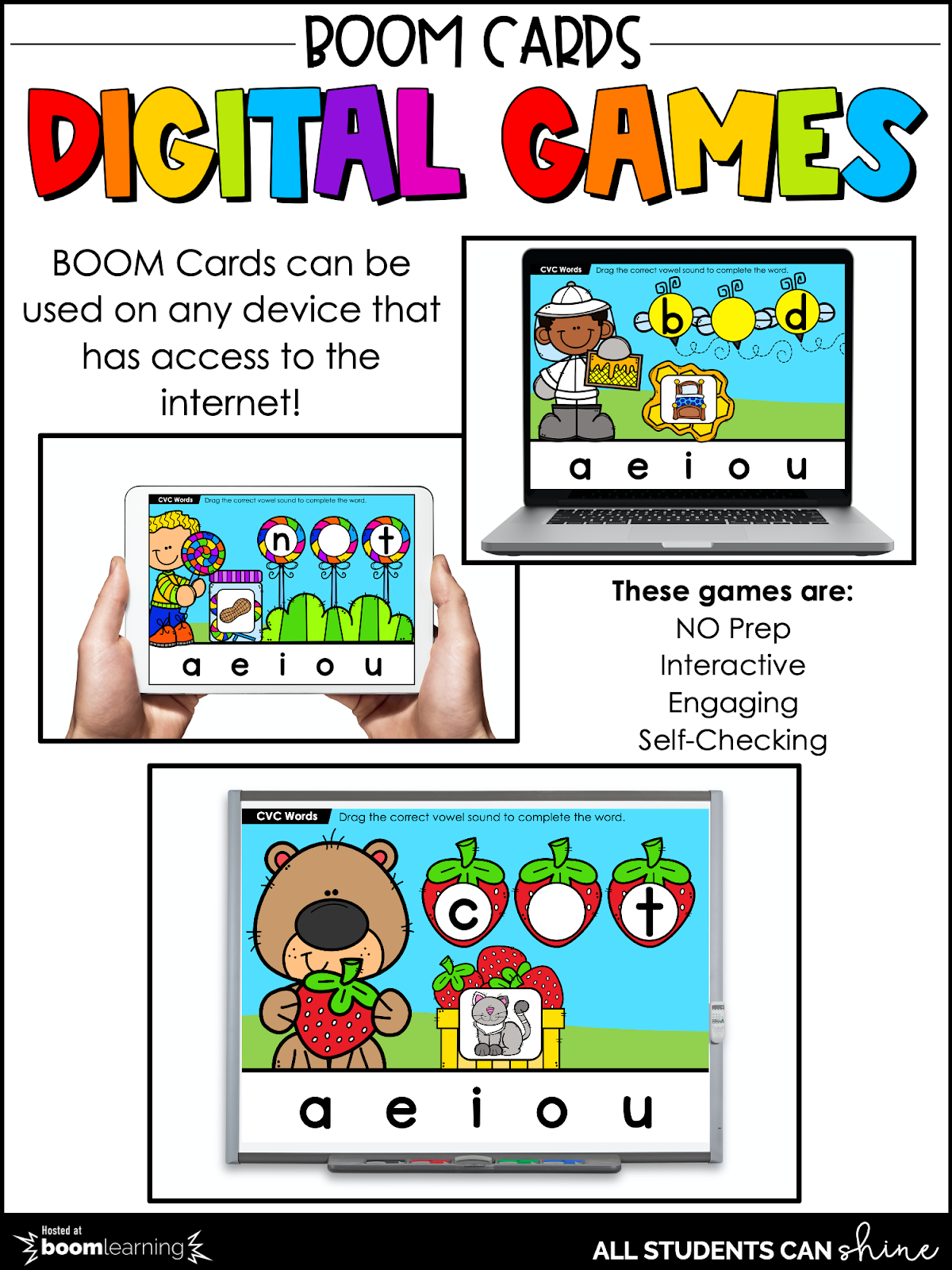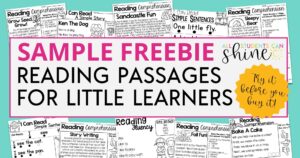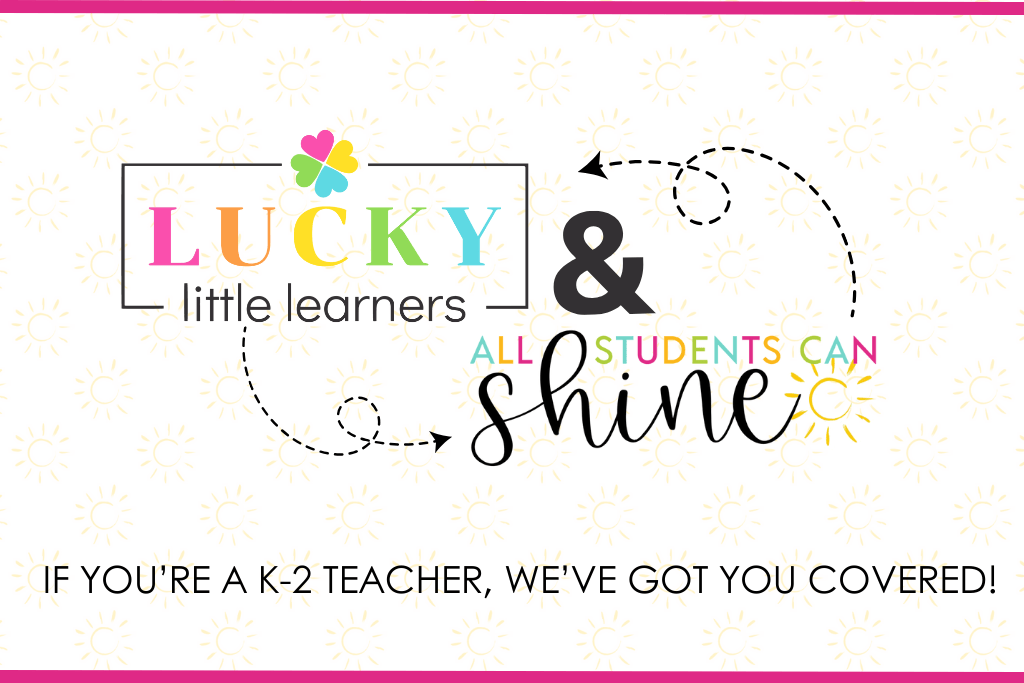Virtual learning is the name of the game this year as we’re all heading back to the classroom. Whether your local schools have already announced full virtual learning, a hybrid program, or the ever-popular “wait and see” approach, I think most of us are counting on digital classroom resources being a priority during the 2020-2021 school year.
There are tons of products and blogs out there with ideas for converting your traditional lesson plans into digital ones—so many, in fact, it can be a bit overwhelming!
Today I’d like to break down some of the best options for virtual learning resources in a primary classroom.
A little sanity-saving advice first: start with the programs you’re most comfortable with! If you’re already used to using Google Docs and Slides, begin there. If you’re a Powerpoint fan, use that for your digital resources. As you get a feel for what you and your students prefer, you can slowly start to branch out with other platforms.
That being said, here are four types of digital resources you can use for distance learning in elementary school:
Interactive Google Slides
If you’re new to the idea of digital resources for your classroom, a great place to start is with Google Slides. I love how easy these are to edit, and unlike Powerpoint, all updates are automatic. Because it’s cloud-based, when you make one change on your end, your students will see the same. Gone are the old days of uploading brand new files just to correct a typo or update your examples. Another perk? Your students can edit Google Slides directly (if you allow them to in your settings), meaning you and the entire class can communicate back and forth in real time.
Here are a few of my favorite ways to use Google Slides for digital learning:
Staying connected with your students is extra important right now. My favorite way to do this is with a daily morning meeting. The best part? This works with distance learning or face-to-face in the classroom! With this Google Slides template, you can easily connect with students on a daily basis:
- Type a personal note from the teacher to start each day.
- Check in with students about their feelings.
- Talk about today’s weather.
- Practice the number of the day.
- Complete daily warm-up stretches.
- Summarize what’s “on the menu” for the day.
If you’re face-to-face in the classroom, simply project on your interactive whiteboard. Otherwise, you can easily use this to structure your at-home learning activities for students.
Use Digital Manipulatives When You Can’t Practice Math In Person
Can’t use your regular classroom manipulatives? Try these digital manipulatives instead. You and your students can use a variety of digital manipulatives, including counting bears, buttons, beads, dice, coins and bills, 3D shapes, and more!
Use Google Slides for Your Writing Center and Math Word Problems
Use this Problem Solving activity to turn your math and story problems digital. Students can show their work by dragging interactive counters, highlighting and underlining key words in each problem, and entering their own equations, answers, and complete sentences.
PDF Clickable Files for Distance Learning
No printer? No problem! One of the bigger challenges for many families during distance learning this past spring was the inability to print worksheets at home. If your files weren’t already converted into clickable worksheets or cloud-based documents, now is the time to shift to paperless lessons that don’t require a printer.
Clickable PDFs are perfect no-print classroom activities that can easily be sent home for distance learning.
Students just need to open the file on their laptop, tablet, or computer, and they can fill in their answers directly on the file. All the resources in my Interactive Math Games Bundle include interactive, clickable PDF files, saving parents the headache of locating a printer.
Clickable PDFs work great for face-to-face learning as well. Less time at the copy machine and shorter stacks of paper clutter on your desk? Yes please!
Boom Cards for Kindergarten Distance Learning (and Beyond!)
Are you a fan of Boom Cards? Or have you heard the hype about them and want to get started? Boom Cards are a fantastic tool for creating meaningful and fun digital classroom activities. The best part for teachers? They’re self-grading!
Boom Cards are game-style task cards designed for use on an interactive whiteboard or on individual devices. Students can complete their learning tasks from home, getting instant feedback as they complete each card. You can create your own, or shop my library of ready-to-use phonics Boom Cards for kindergarten through second grade classrooms.
Powerpoint Games for In-Person Classes or Distance Learning
Powerpoint is another great option for interactive classroom games. This Phonics Bundle for Distance Learning includes whole class lessons plus games that can be played in small groups, at learning centers, or from home on any device with Powerpoint installed.
Are you planning to try something new, or stick with a method you’re already used to? Either way, I wish you happy, healthy thoughts as you gear up for what’s sure to be a wild school year. Let me know in the comments if there are any resources I could add to my store for you! I’m always looking for new ideas. 😄













